This amazing marble offers a warm and classic look unparalleled by other stones and color ranges. Danby marble is superior due to its’ low absorption rate. This is one of the most important factors when considering what material to use for your kitchen.
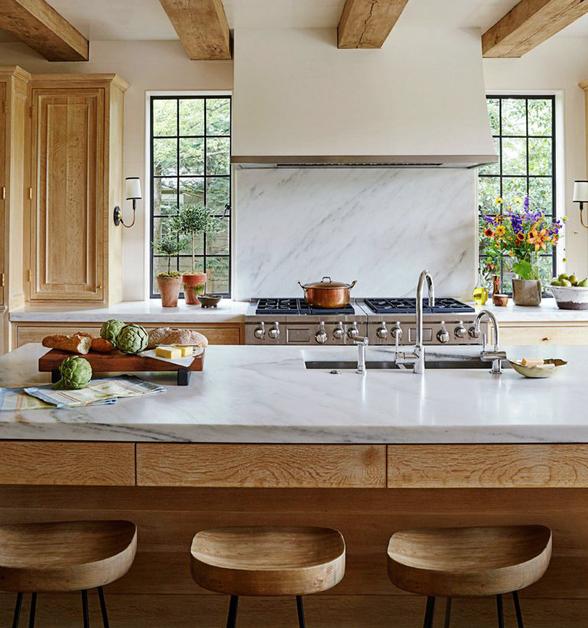
It is harder and less porous than many other types of white marble. For example, Vermont Danby’s absorption rate is .06%-0.08% vs. 0.13-0.18% for Calacatta or Carrara. It doesn’t mean that having less absorption rate will avoid stains, all natural stone is porous, some less than other depending on the density of each one, so it needs to be sealed.
Sealer have come a long way during the years, you can always consult with your fabricator/installer on which kind of sealer they use and its performance. Recommended sealers for natural stones are Non water based sealer, with smaller molecules, this sealer penetrate in the porous of the stone for a longer lasting period.
We recommend Stain Proof sealer produced by the brand Dry Treat. This sealer molecules are hundreds of times smaller than competitor stone sealers and penetrate much deeper into the pore structure and retains natural surface color and finish. 15 year written performance warranty can be provided if applied by a Dry-Treat Accredited Applicator.
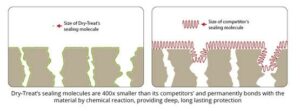
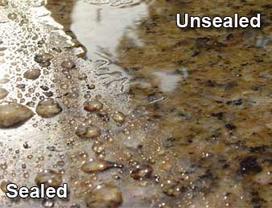
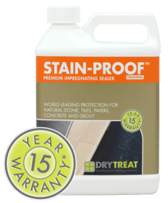
If you’re choosing a marble countertop of any kind, you must expect etching. It’s a reality of owning marble, but in my opinion, it just adds to the charm. choose it for the character, It only looks more beautiful with time and wear, there’s a reason you can occasionally find the original marble counter tops in old homes. It’s timeless and quite simply never goes out of style.
You will see it in old homes and bakeries in Europe, every etch, every scratch is a memory. Marble may not be for everyone, but we believe there is a market among those who know what to expect and appreciate the unique beauty of this material.
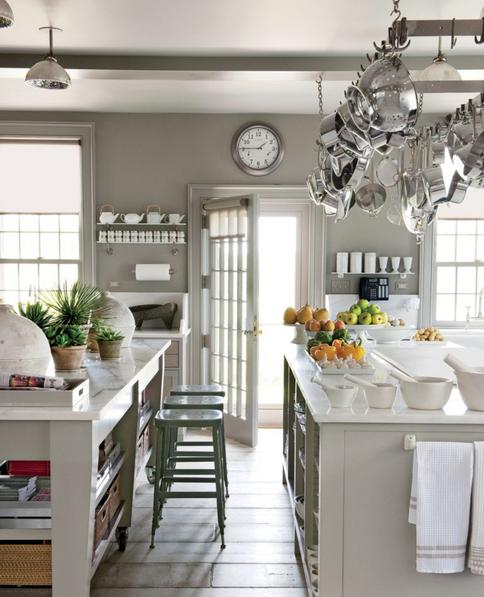
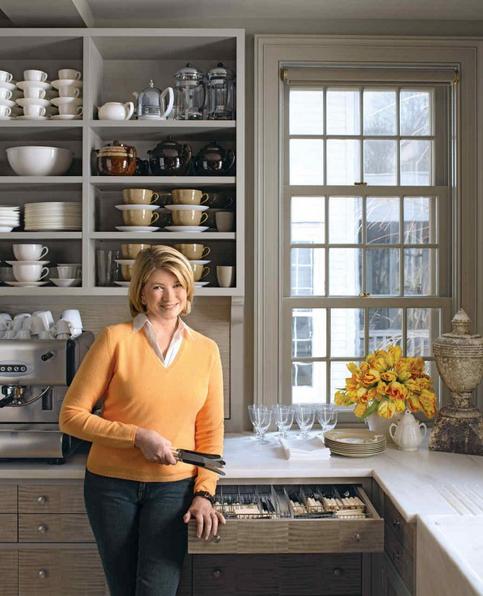
The Vermont Danby Marble counters in Martha’s very own kitchen. Via Martha Stewart
Danby marble is mined in North America, city of Danby, Vermont, in the largest underground quarry in the world and still uses the entrance first opened in 1903. From here, it twists a mile and a half deep into Dorset Mountain.
At the time of existence Vermont Marble Company employed more than 4,000 men; had offices, quarries, and shops throughout the U.S. and distributed 1 million cubic feet of marble around the globe annually. The Danby quarry is one, if not the only, marble quarry from this historical time period that is still active and growing. It’s an American product, so purchasing it supports the local economy.
The Vermont Danby Marble® was used in many buildings and monuments that have come to symbolize American Civilization, such as the Arlington National Amphitheater, Thomas Jefferson Memorial, the U.S. Supreme Court, the New York Public Library, and the United Nations.
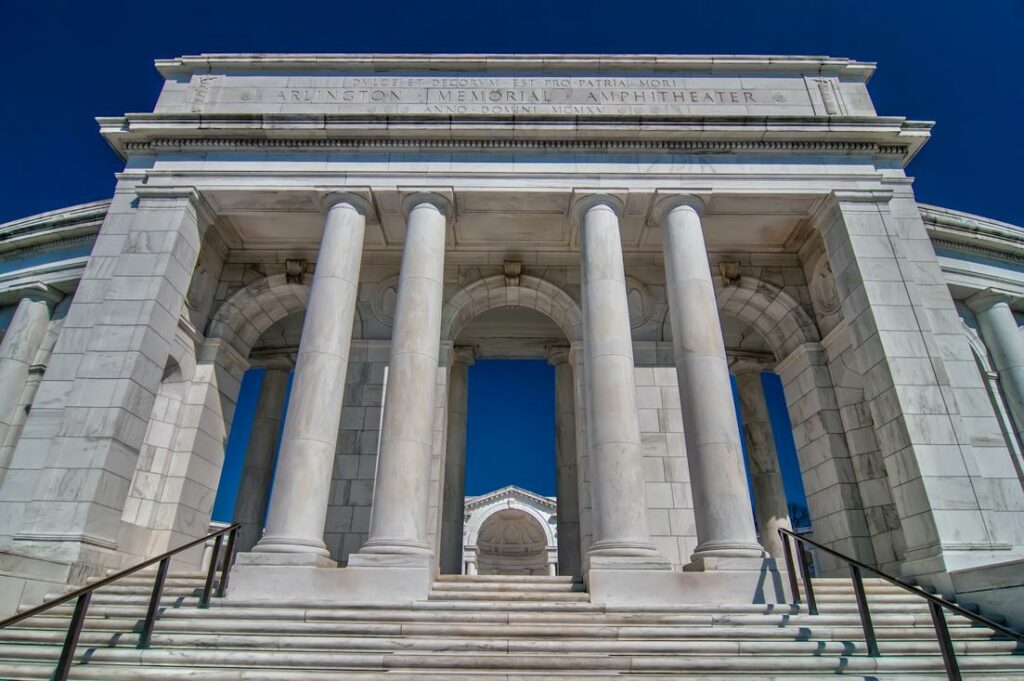
View of the Memorial Amphitheater at arlington cemetery
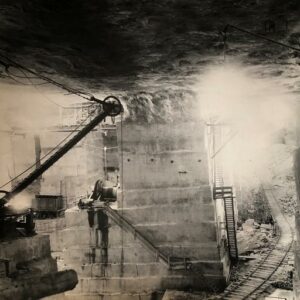
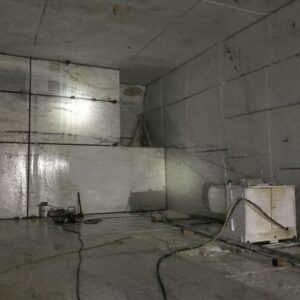
(1910 – Present ) Interior of Danby Quarry. Via Vermont Quarries Corp.
Danby marble comes in honed, more forgiving finish for marbles, helps disguise etching and minor imperfections. Also makes easier fixing etch marks by yourself at home. Simple method can be using a very fine steel wool pads to manually buff the surface, We have used this method on multiple occasions. Though it requires a bit of elbow grease, it has proved effective.
This marble will still etch, like every stone in the marble family, this is due to its calcium content that its sensitive to acids, such as lemon, lime vinegar, etc. But Danby marble has proved to be more resistant and having a slower etching process, giving you more time to clean and leaving less visible etch marks. For mayor etch marks or scratches, a hired professional can provide a more specialized buffing process that will restore you counters like day one.
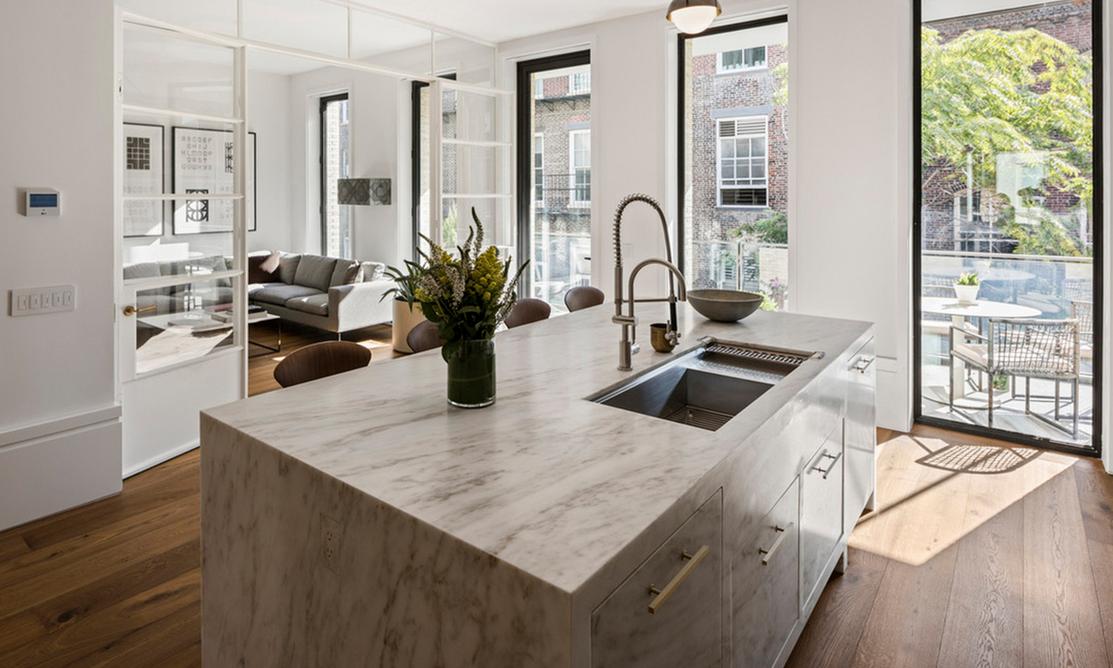
Eureka Calacatta Danby Marble in New York residence. Via Vermont Quarries Corp.

Brooklyn Bridge Hotel in New York City. Via Vermont Quarries Corp.
Danby marble comes in a variety of colors and vein patterns obtained from different areas of the mountain. Here are some of the most common colors availabels in our Gallery:
Eureka Calacatta: Eureka has darker gold and gray veins and is often compared to Calacatta Gold. Medium to heavy veining, offers warmer look and great matching with wood floors and brushed antique brass cabinet hardware.
Olympian White: Olympian White Danby has gray soft veins with light to medium veining and a very white background. A softer look, often use as perimeter counters when matching darker color or busier pattern islands.
Montclair Danby: Available in both fleuri (cross-cut) or Striato (vein-cut) with greenish to gray veins typically running diagonally or horizontally as with the Striato. Medium to heavy veining often used for book matching in fleuri cut. A beautiful and cost effective choice for kitchen countertops.
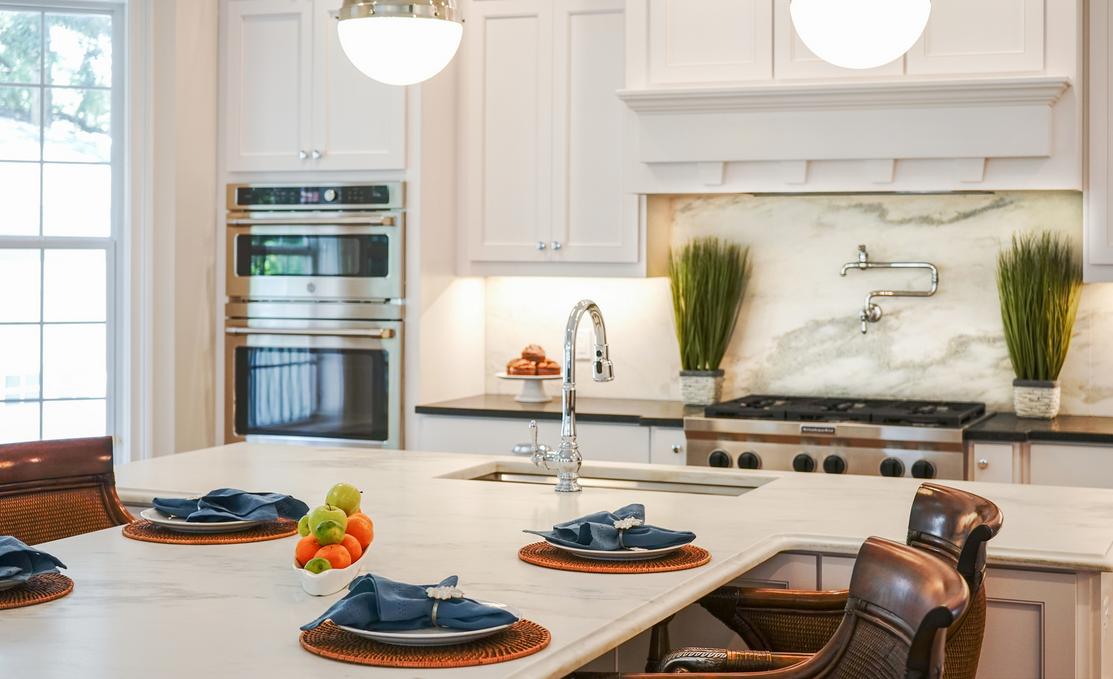
Danby Montclair kitchen in Florida residence. Via Mont Krest Stone
